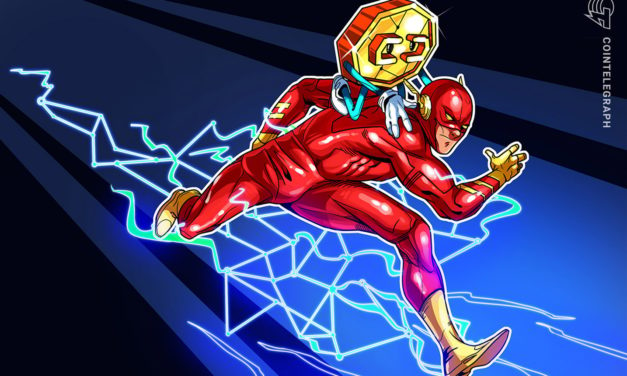What is Robinhood, and how does it work
Robinhood’s business model sustains itself with multiple revenue streams, mainly through a practice known as payment for order flow. Order flow Order flow is a compensation structure widely used by Robinhood and other similar brokerages to process retail stocks, ETFs, options and crypto trades. This is how it works: When customers place trades on the platform, their orders are routed to market makers or trading firms for execution and to make an order flow. These firms pay Robinhood fees for the opportunity to execute their trades and potentially profit from the bid-ask spread and other trading strategies. While this practice allows Robinhood to offer zero-commission trades to its users, its order flow model has faced regulatory scrutiny and controversy due to concerns about potential conflicts of interest and the quality of trade execution. Interest on cash balances When customers hold uninvested cash in their Robinhood balance, Robinhood directs such funds to pools and earns interest on them. The platform shares a portion of this interest revenue with its users, typically through a “Robinhood Cash Management” program that users must opt in to to earn a small percentage of interest on their uninvested cash balances. The cash can be accessed with a Robinhood debit card. The company moves customers’ uninvested money into FDIC-insured partner banks that then pay Robinhood a fee, including a small share of the interchange fees from the debit card transactions. Premium accounts While the basic trading services are commission-free, premium account subscriptions allow investors to access various premium-tier tools. The subscription is called Robinhood Gold, and it provides additional features and benefits to users who pay a monthly fee. Such advantages include more significant instant deposit amounts, access to Level II market data provided by NASDAQ, professional research information from Morningstar and margin trading. Robinhood API fees Robinhood allows developers and companies to access application programming interfaces (APIs) that they can integrate with their platform. Robinhood earns revenue from these partnerships and integrations by charging API access fees. Securities trading Robinhood launched a lending program that entitles its customers to earn money on stocks. Users who opt for this solution allow the trading app to lend their shares to financial institutions that use such funds for different purposes, including covering deficits, facilitating trade settlements and executing short sales. Borrowers pay Robinhood interest on the loan they received, and a portion of that revenue is passed on to Robinhood users.
Čítaj viac






